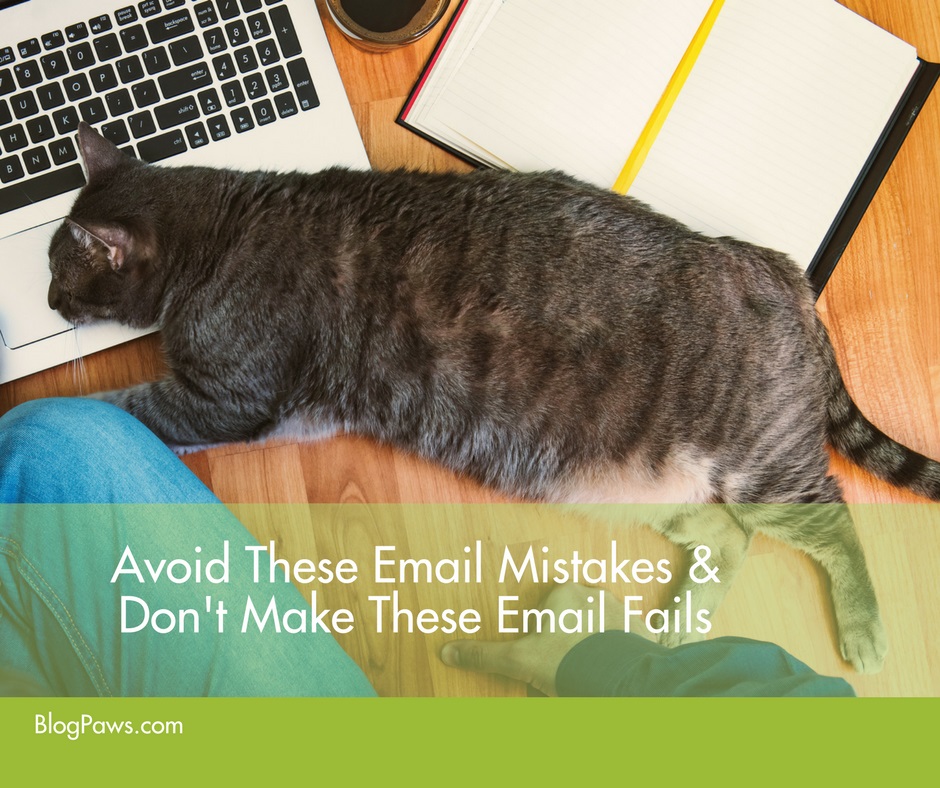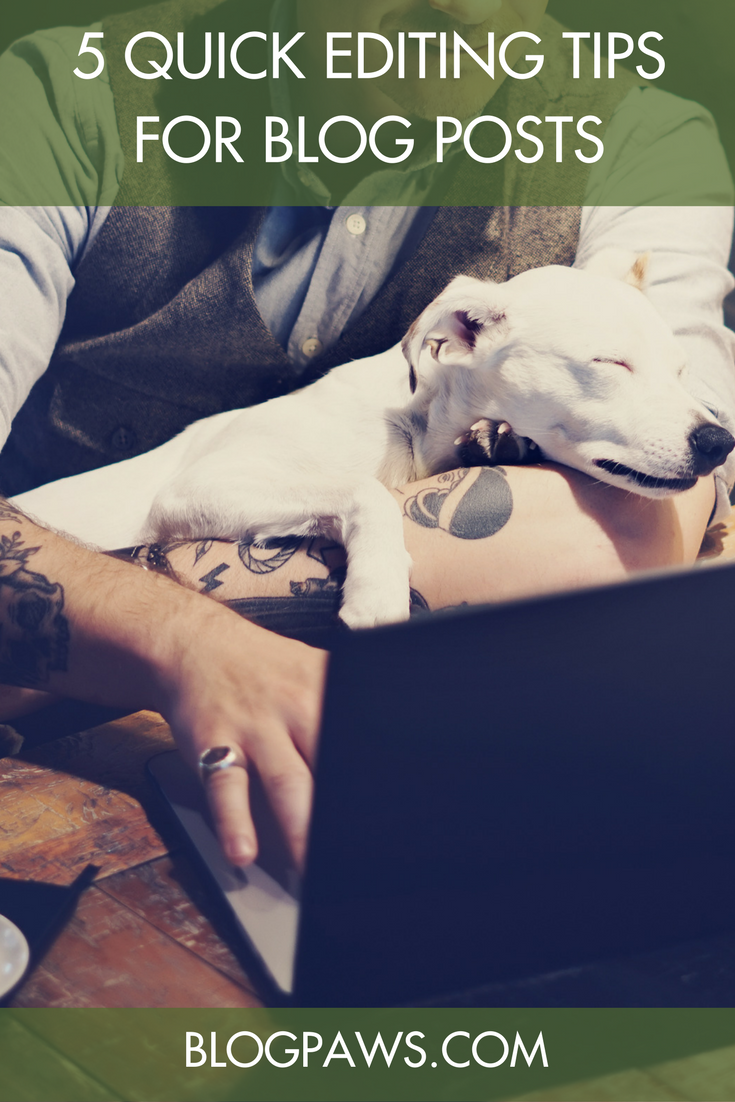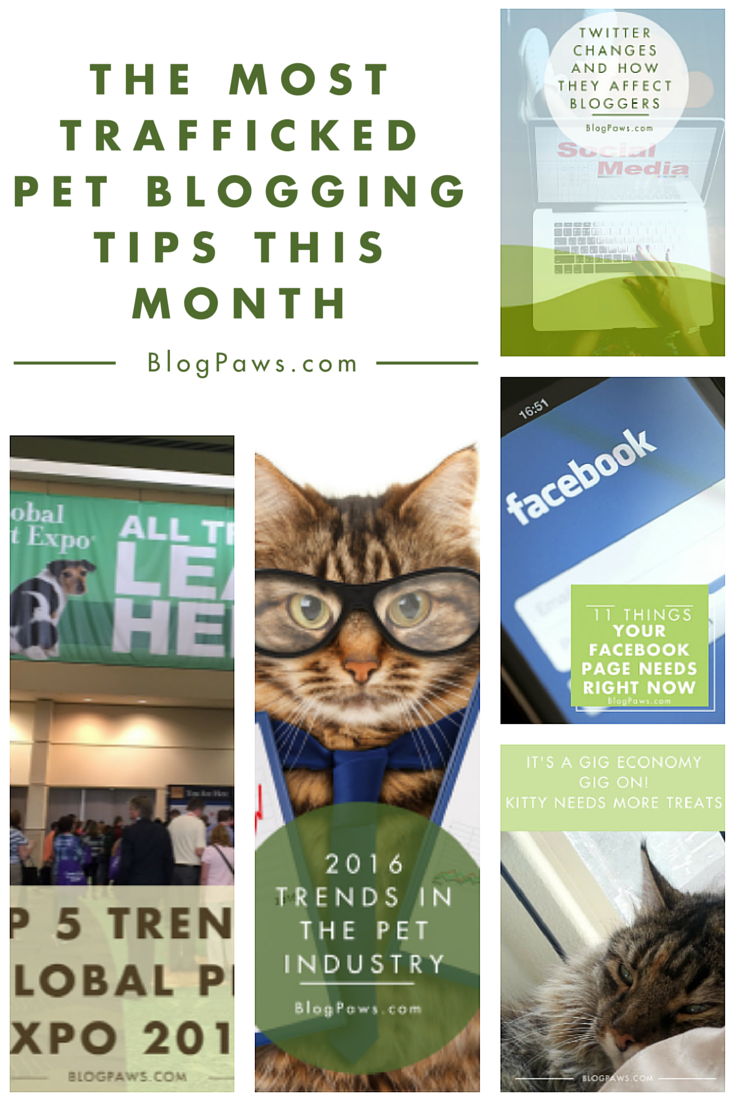Email Do’s & Don’ts: Tone, Font, Style, and Fails
In Part 1 of Email Do’s & Don’ts, I covered how to make a great first impression. You can read the original email tips here, but here’s a quick catch-up:
- Capture the recipient’s attention with a great subject line
- Keep your message brief
- Explaine what you want–what action you want to elicit
- Mention any potential deadline
- Close the message properly
If you’ve done the first five steps, you’ve gotten the meat and potatoes of the email message. What we’re talking about today is the gravy on top.
If you want your email not only to be read, but also to be taken seriously, make sure you proofread and fact check. I may be engrossed in your cause until I read the sentence, “Their is no stopping the good you’re donation can do.” What?! Now in the back of my mind, I am not taking you seriously nor will I give much weight to the other sentences in your email. This is problematic if you’re trying to wow me with facts and figures. If you can’t use the correct “there” or “your” can I really trust that you other facts are correct? Harsh, but true.
Now, keep in mind, we are all human. We all make mistakes, but simple errors make people doubt your larger topic and message.
Font size and style
Maybe it’s just me, but I cannot read fonts that are smaller than 12 point. Some days, if I am tired, even a 12-point font is a struggle, especially if I don’t have my computer glasses handy. Give me an email in a font that is eye-friendly. This doesn’t mean I want to see an email with a 30-point font, but I don’t want to be squinting at 6-point Arial.
There are myriad font styles available, and one day I hope to have used them all! Joking… kind of. When you’re sending a professional email, especially to someone you don’t know, use a “boring” font like Times New Roman, Courier, Bookman, or even Arial. Don’t make the reader have to determine whether that curlicue is a “Q” or a “2.”
I realize that many email carriers allow you to change the background color and even the background design on your email. I humbly beg of you not to do that. Just send an email with a white background with a black or dark blue font. Know, too, that your recipient’s email carrier may not work well with the carrier you’re using, and the fonts, background, and colors could get muddied up or lost in translation. Keep it simple and plain… aka boring.
Jazz it up with your email signature if you want to. In my email sig I use a font I am obsessed with, Harrington. It may not transfer well to other email carriers, so I have it as an embedded jpg. Even though I love Harrington, I keep the rest of my fonts in my signature readable–Book Antiqua.
Don’t be afraid to put a headshot in your email signature. Personalize it and let the recipient get to know you. The photo you add in your email sig could jog their memory and help them remember you.
Tone matters
There’s no body language in an email: LOL doesn’t take the sting out of a comment. Your tone and the words you use in person are tempered by body language. A comment like, “Nice hair,” could be taken many different ways depending on your tone, your relationship with the person, and your body language. In an email there is none of that. An innocuous comment could lead to a misunderstanding.
You shouldn’t be afraid to send a message with a bit of a humorous tone, but you need to know the recipient and you need to gauge whether your message benefits from humor. You don’t have to be so formal that your personality doesn’t shine through in your email, but if you’ve been told you have a sarcastic wit… hold off on that until you know the recipient better. I saw a meme recently that went something like, “Yes, I do speak more than one language–English and Sarcastic.” Know that sarcasm doesn’t translate well in your email and could lead to hurt feelings.
I will grant you some leeway in my name/gender as Robbi could be for a male or a female BUT if you send me a message and indicate you saw my profile on LinkedIn and then send me a male-centric offer… well, I don’t think you really saw my LinkedIn profile, now did you? My profile photo is definitely female. I’m not a cartoon avatar, nor do I hide behind my pet. It’s my face, front and center. The following is the email I received. I don’t think I’d be a good fit for a Male Wealth project.
If you’re not sure if you’re writing to a man or a woman, open the message with a “Hi Robbi” or “Hi Sam.” I won’t be offended if you call me by my first name. I will be semi offended if you add an “e” to my name because in this day of social media profiles it will take you fewer than 10 seconds to see that I am Robbi with no “e.”
You’re not the center of my universe
There. I’ve said it. My life doesn’t revolve around you, the email sender. Gasp! I am certain the pet influencers reading this can relate. You open your email, and there is a message full of vague references to something you can’t honestly remember ever having spoken to anyone about. I blame my bad memory on chemo-brain, but even when I had a good memory, a message that read, “You said to reach out to you and we’d talk about you hiring me” or “I wondered when you were going to get back to me about what we’d spoken about last month” or “I’ve been waiting to hear whether you were going to publish the post I’d sent you.” What?! Give me context. WHEN did we meet? WHAT did I tell you? WHERE did we speak?
If we’ve had previous email correspondence, why not forward that so I can refresh my memory?
Take me off your email chain letters
This is especially true if you work in a corporate environment. Does everyone really need to be involved in your conversation about your paycheck with the accounting department? I doubt it. Does the accounting department need to be involved in your conversation about introducing a new product to a new chain of pet stores? Not likely. Too many people get in the (bad) habit of including EVERYONE on EVERY email. I beg of you to stop. If you are trying to coordinate a meeting between a team, then yes, include everyone at first, but put in your message: “Please do not hit reply all when you respond to me.” The entire team doesn’t need to be involved in the back and forth, especially if team members have already responded.
Look at your own inbox and imagine how grateful you’d be if you could receive even a dozen fewer messages per day. It would be great, right? Now do your part to cut back on email overload for your friends and colleagues.
What are your email pet peeves? Share them here! What are some email etiquette questions you have that I can answer?
Robbi Hess is an award-winning author, full-time writer, newspaper columnist, writing coach and time-management guru. She works with bloggers and solopreneurs and blogs at All Words Matter.





